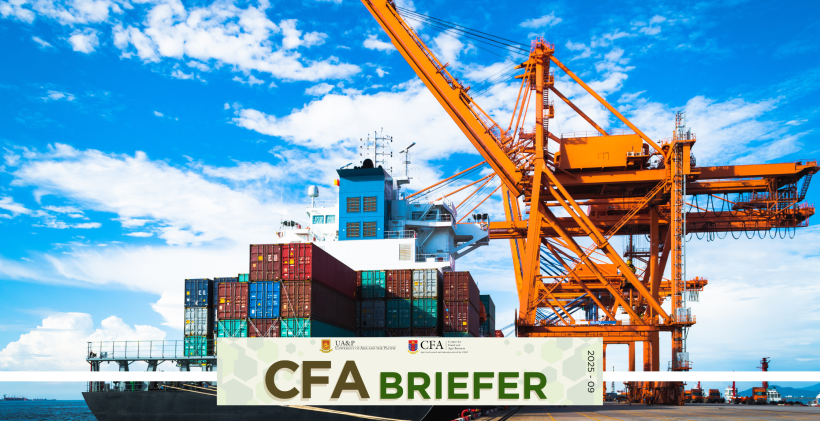This article examines ASEAN agricultural supply chains, focusing on their role in linking farms, markets, and consumers. It highlights contributions to food security, trade, and rural livelihoods, while noting challenges from climate risks, logistics gaps, and regulations. The discussion emphasizes resilience and sustainability, offering insights on strengthening supply chains for competitiveness and reliable food access.
by Marie Annette G. Dacul, Executive Director, Center for Food and Agri Business, UA&P
Across Association of Southeast Asian Nations (ASEAN), supply chains are the backbone of economic activity, linking farmers to markets, goods to consumers, and nations to global trade. Among the various sectors, agriculture stands out for its crucial role – not only in moving products from the farm to the table, but also in ensuring food reaches people reliably, affordably, and sustainably.
The agricultural supply chain begins with inputs – seeds, fertilizers, machinery, irrigation systems, and energy, which enable farms to operate effectively. This is followed by the production segment, where raw agricultural commodities are cultivated, harvested, sorted, and packed. The next stage – processing and distribution, adds value through branding, food safety measures, and improved shelf life. From there, products enter the marketing segment, whether through wet markets, modern retail outlets and food service channels. Finally, they reach consumers at homes, in restaurants, institutions, and events, meeting daily nutritional needs.

Do you want to read the full article? Please answer this form and we will send the article to your email address.

